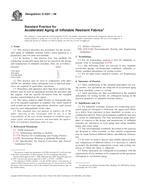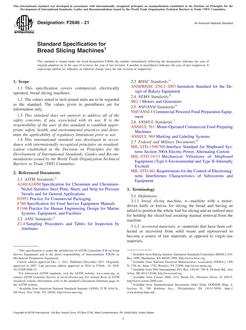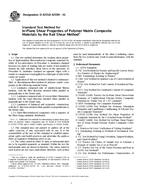1.1 This practice covers the method for delineating the subsurface presence of petroleum hydrocarbons and other hydrocarbons using a fiber optic based nitrogen laser-induced fluorescence sensor system.
1.2 The petroleum hydrocarbon sensing scheme utilizes a fluorescence technique in which a nitrogen laser emits pulsed ultraviolet light. The laser, mounted on the cone penetrometer platform, is linked via fiber optic cables to a window mounted on the side of a penetrometer probe. Laser energy emitted through the window causes fluorescence in adjacent contaminated media. The fluorescent radiation is transmitted to the surface via optical cables for real-time spectral data acquisition and spectral analysis on the platform.
1.3 This sensor responds to any material that fluoresces when excited with ultraviolet wavelengths of light, largely the polycyclic aromatic, aromatic, and substituted hydrocarbons, along with a few heterocyclic hydrocarbons. The excitation energy will cause all encountered fluorophores to fluoresce, including some minerals and some non-petroleum organic matter. However, because the sensor collects full spectral information, discrimination among the fluorophores may be distinguished using the spectral features associated with the data. Soil samples should be taken to verify recurring spectral signatures to discriminate between fluorescing petroleum hydrocarbons and naturally occurring fluorophores.
Product Details
- Published:
- 07/01/2010
- Number of Pages:
- 7
- File Size:
- 1 file , 140 KB


